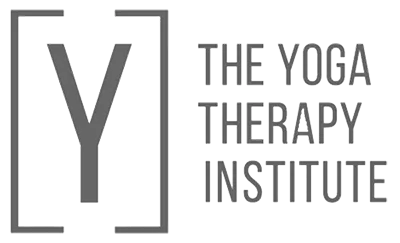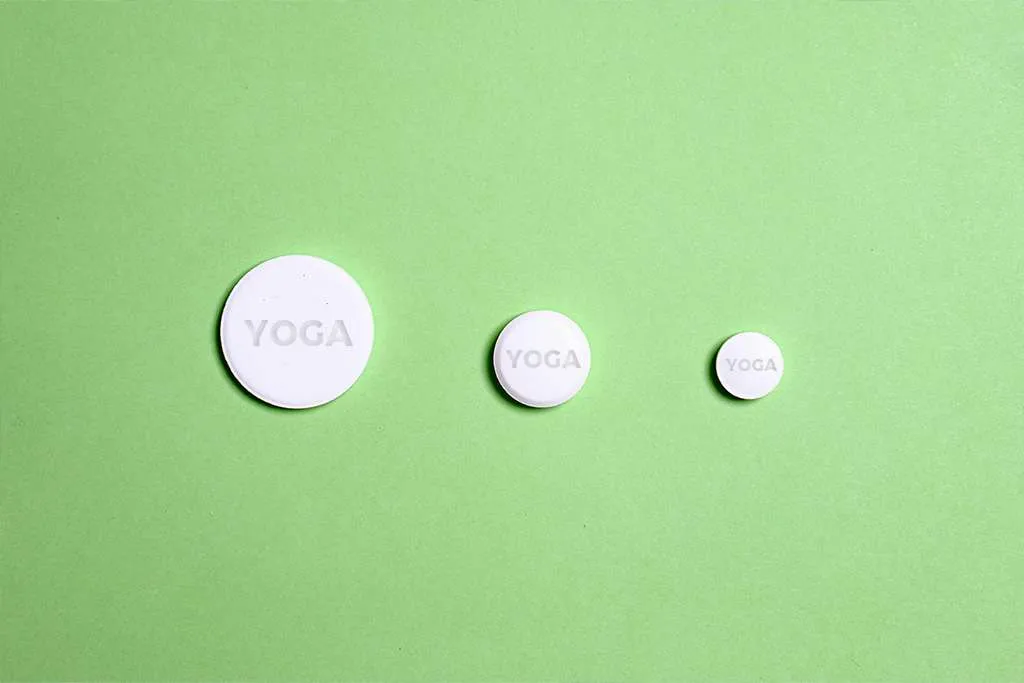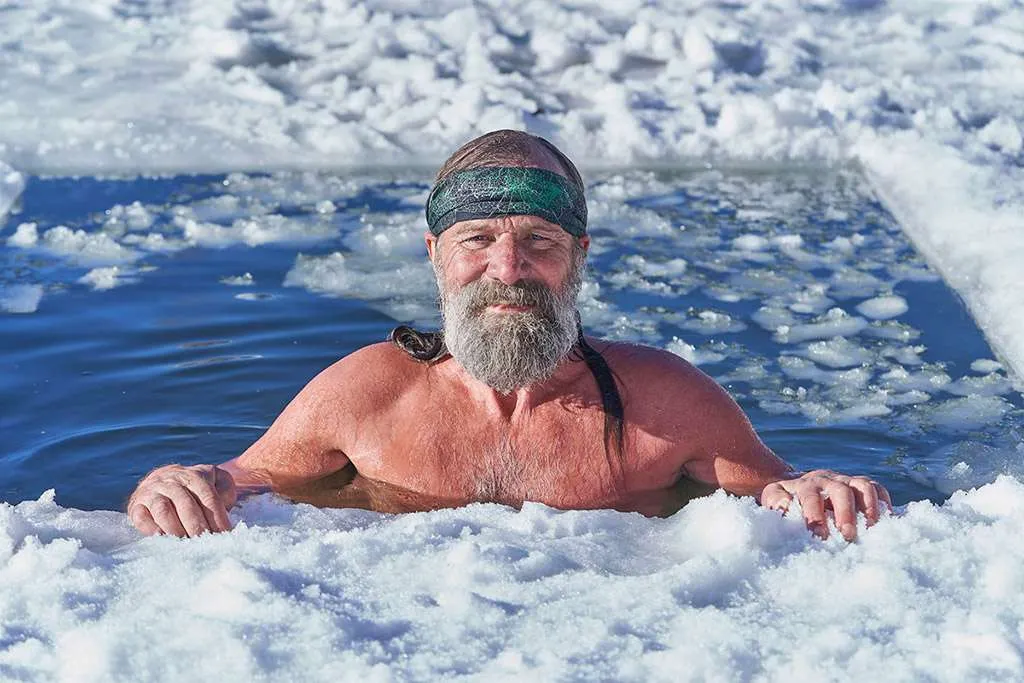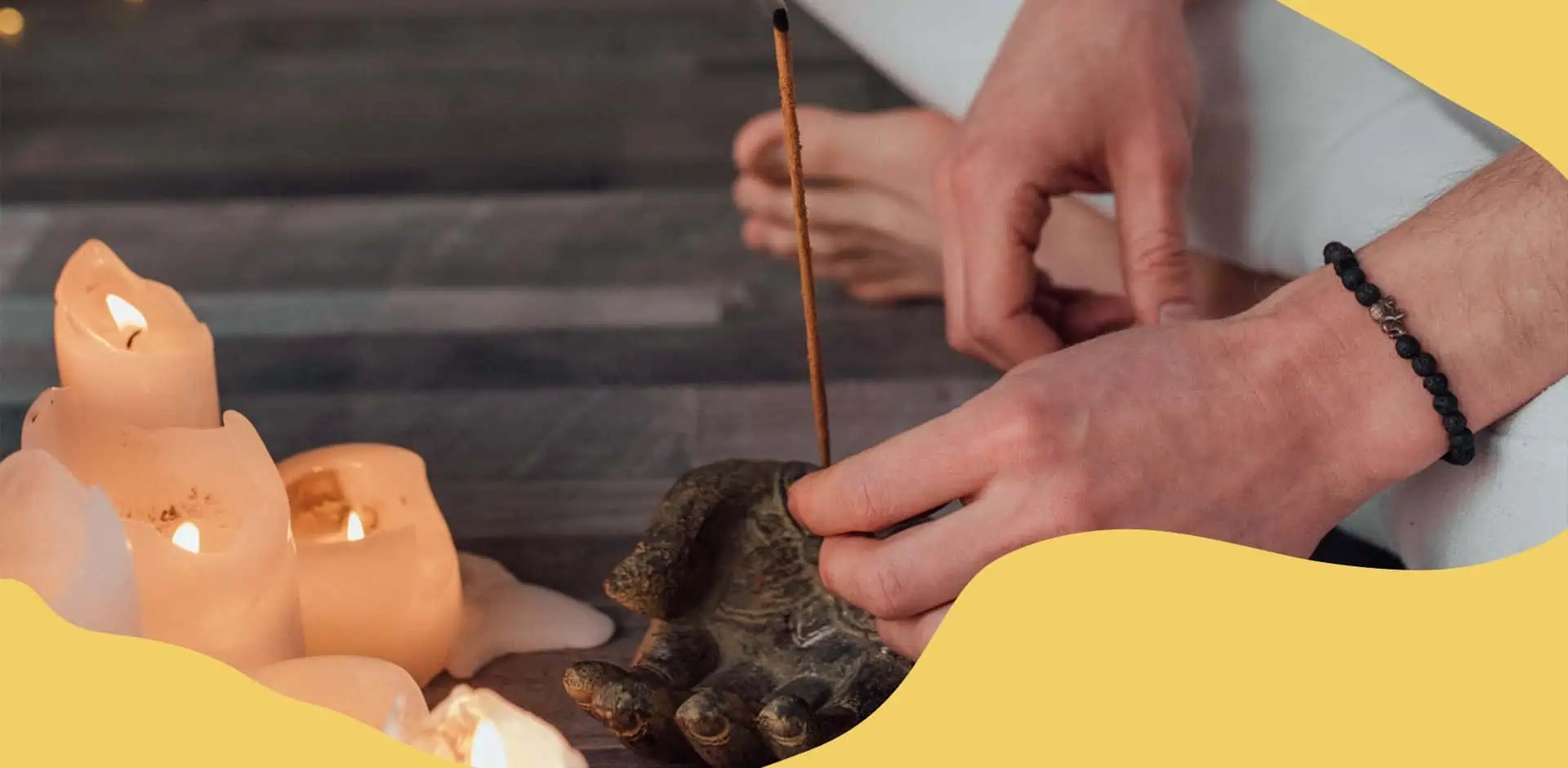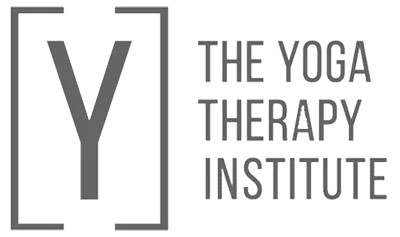How the heat affects your Heart
Wherever you are right now, you have probably been experiencing extreme, unusual heat in the past few days, maybe weeks. The sweltering heat is being felt in the whole of Europe, the US, many countries in Asia and even the much cooler countries in the North.

This is the big global picture that we see every day on the news. The smaller picture, on the other hand, is no bigger than the size of your own fist: I am talking about your heart. Getting smaller still, at a microscopic level, are the cells of your body, all of them affected by the roaring temperatures outside your skin.
What happens to your body when it gets hot
When the temperatures rise outside, your physical body has to react and adapt in order to survive. It needs to get rid of the extra heat fairly quickly, and it does so in two ways, both of which stress the heart:
- Heat naturally moves from warm areas to cooler ones. As long as the air around you is cooler than your body, you radiate heat to the air. But this transfer stops when the air temperature approaches body temperature. To shed heat, blood flow gets re-routed to the skin (hence getting red when we get hot), and to do this, the heart has to beat faster and pump harder. On a hot day, it may circulate two to four times as much blood each minute as it does on a cool day.
- Every molecule of sweat that evaporates from your skin whisks away heat. On a dry day, evaporation of sweat is easier, as the environment outside is drier than your skin. But as the humidity creeps above 75% or so, there’s so much water vapour in the air that evaporation becomes increasingly difficult.
Evaporation also strains the cardiovascular system. Sweat not only releases heat from the body, but it also pulls out sodium, potassium, and other minerals needed for muscle contractions, nerve transmissions, and water balance. As a result, the body begins secreting stress hormones that help the body hold onto water and minimise mineral losses.

Who is affected
Most healthy people “tolerate” these changes. However, people with damaged or weakened hearts, high or low blood pressure, people suffering from anaemia, menopause, older adults and babies, whose bodies don’t respond as readily to stress, have a much harder time and may succumb to heatstroke, which can be potentially fatal.
Medications such as beta-blockers, sleeping pills or some anti-anxiety medication which slow down the heart, interfere with heat regulation by limiting the heart’s ability to circulate blood fast enough for effective heat exchange. Diuretics and laxatives make dehydration worse, by increasing fluid output. Some antidepressants and antihistamines can block sweating.
The combination of increased blood flow to the skin and dehydration may drop blood pressure enough to cause dizziness or falls, which can present a real health risk not only for the more vulnerable population but also for those who are involved in outdoor sport and work activities.
Yoga Therapy tips
Some simple choices can help weather the weather, and keep heat from overstressing your own heart and those of your more vulnerable students: when the temperatures run very high, everyone is at risk.
Too much Rajas and an excess of Pitta.
Turn procrastination from vice to virtue by putting off exercise or other physical activity until things cool down. Evening and early morning are the best times to practice, so encourage your students to introduce their yoga routine during these hours.
When the heat is on, so are hot tempers. You will find that some people – maybe yourself as well – react with more anger and lack of patience in these days, even when performing simple tasks such as parking the car, waiting on a queue, or working in front of the computer. This is because we are actually not meant to do much when it is so hot. We are meant to lie down, breathe – as we require more oxygen, to give the heart a rest and cool down the body – and do nothing.
When you overheat, the quickest way to bring down your temperature is by cooling down the back of your neck, your groin area (the inside of the legs) and under your arms. If you suffer from heat-stroke, at the emergency department they will immediately place lots of ice packs at the back of your neck, between your legs and in your armpits. This is because the main arteries of the body run along these areas, and they are the quickest path to make sure the vital organs don’t overheat.
As the heat may also cause a drop in blood pressure, there is no better way to stay safe than on the ground.
Ideally, have a refreshing cool – not cold – shower before the start and wear cotton, loose clothes.
A lying down practice on the mat in a dark, cool place should include leg and hip openers – to keep that groin area cool – easy, open twists and plenty of arm and chest openers so the area under the arms is also cool and free.
The breath is of utmost importance in this practice, as this is the natural way for the body to calm down. Try chilled, slow Pranayama lying down on the mat, such as Nadi Sodashana, Sitali Pranayam or simple belly breathing.
Finish off with Yoga Nidra or relaxation with a visualisation of calm, freshwater or a river stream, green cool grass and the smells and sounds of rain.
AVOID:
- Strenuous exercise. Less is more and easy is best. Observe the breath. If the breath is not long and soft, the asana might be too much and it can create heat and tension.
- Vinyasa flows or Asthanga sequences. Instead, stay with each pose for a few breaths and make any transitions really, really slow on the ground.
- Standing poses.
- Inversions, including Downward Dog.
- Intense forward bends. On a hot day, even Child Pose might be too tight.
- Powerful, stimulating backbends.
- Pranayama such as Kapalabhati, Bastrika or Ujayii.
Don’t feel that you have to do lots of poses. Start lying down breathing in the belly, three to five simple slow stretches on the ground, Sitali Pranayama and Yoga Nidra!
Nourishment for a hot Heart

Last week I visited a friend who happens to be a very experienced nutritionist in the US, and when I asked her how she handled the heat, she told me that everyone, not only the old and the sick, should eat small amounts of simple food every hour, and slowly drink sips of water during the day.
As the heart has to work harder, it is not wise to have three big meals. Instead, 5 or even 6 medium to small size easy to digest meals per day. It is important not to leave an empty stomach for many hours, as this causes the body to secrete stress hormones and it might cause a low-sugar and low-blood pressure effect.
Stability is the key, so don’t allow yourself to get thirsty or hungry, but instead have a constant supply of water and fresh food such as:
- Lightly salted nuts
- Watery fruits (watermelon, melon, cherries, peaches)
- Ice Sorbet and home-made ice cream
- Brown rice
- Vegetables and fresh salads
- Fetta cheese
- If you are not vegetarian: eggs, lean non-processed organic meats and fresh fish
- Oat and whole-grain crackers and bread
- Extra virgin olive oil, avocado and flaxseed oil
- Pumpkin and sunflower seeds
- Peppermint, Aniseed and Fennel tea
Avoid alcohol, coffee, fried foods, melted cheese, hot soups, heavy pasta, processed foods high in fats and sugars, and for the moment exclude heating foods such as ginger, garlic, chillies, black pepper and dark chocolate.
Finally, to counteract the loss of minerals through sweat, you can make your very own electrolyte drink for you and your family:
Home-made electrolyte drink:
1/2 litre of mineral water
1/2 litre of good quality coconut water
Juice of 1 lemon
1/2 teaspoon of Himalayan Pink salt
2 teaspoons of sugar
A pinch of bicarbonate soda
Emotional healing
In his book “A life worth breathing”, Max Strom talks about how emotional healing is necessary for a healthy heart.
Gentle heart openers and of course, the breath, the cooling tool that will calm down the heated emotions and allow us to see what is going on inside of us.
I heard from a friend that his elderly father had been taken to the hospital because he was struggling with the intense heat. He is a heart patient, so they took his chest pain very seriously and he stayed hospitalised until they carried out a number of tests.
While he was at the hospital, my friend had a chance to talk to his dad. He found out that his long-gone daughter from a previous marriage had recently come back to talk to him, together with his granddaughter. My friend’s dad is a very closed man who finds it hard to express soft emotions.
My friend was convinced that the pressure in his father’s heart had a lot to do with the recent events. He might not be far off, as many studies have shown that underlying emotional issues in certain personality types can be the cause of heart disease. Interestingly, my friend also describes his dad as “hot tempered”.
Regardless of the temperatures, we can release the pressure in our hearts by opening to love and forgiveness. Respectful and safe Yoga Therapy can help, even when there has already been a heart event, with gentle movements that release fear, the feeling of safety and the encouragement of self-care and love.
The effect? A cool, calm heart.
Happy, healthy Summer,
Montserrat
